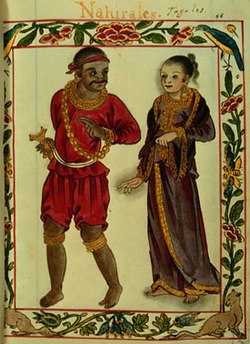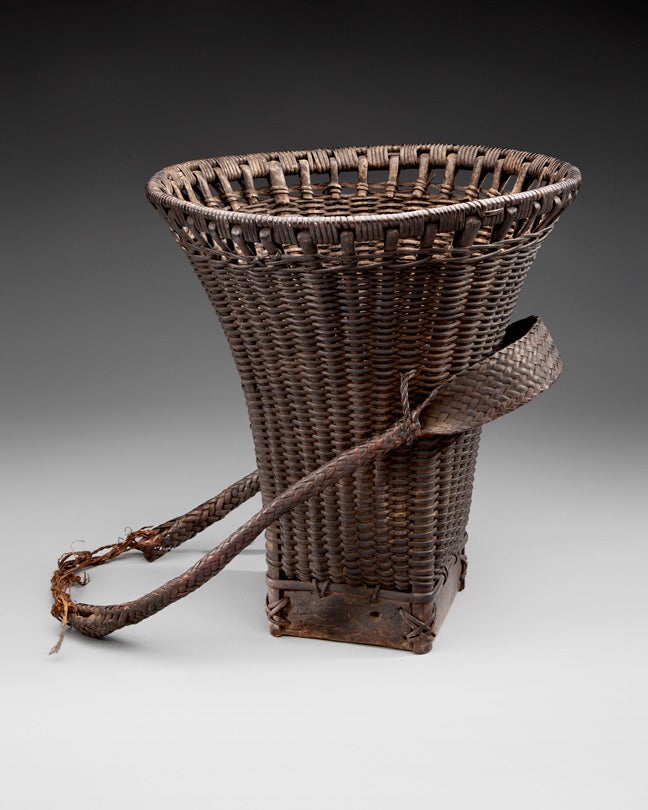MAGUINDANAO PEARLS
I enjoy love stories and dramas, which is perhaps why I enjoy the folktale MAGUINDANAO PEARLS. Maguindanao Pearls is a Philippine folktale written by Isidro L. Reztizos. The story has been told and retold. The tale is about Sinag-Tala (daughter of Pirang Kawayan) being falsely accused by Lakambini (daughter of the Rajah) for stealing her pearls. Lakambini's actions, on the other hand, made the story more intriguing.
In this blog, I'll discuss how this story relates to Philippine history and traditions. I'd also give my thoughts on the story and my reactions to it.
 |
| (Picture of Rajah Sulayman) |
 |
| (Picture of Lakan and Lakambini) |
Because Sinag-tala is a basket weaver, I'll tell you about Basket Weaving. Basket weaving is practiced in the Philippines' Cordillera Central, on the island of Luzon. Weavers use bamboo, nito vine, and enapung, a softwood, to weave miniature baskets with exquisite designs. Tingkeps, or covered baskets, were previously used for storing rice, carrying a hunter's burden, and housing spirits during animist rites, which I find amazingly smart and useful. A little basket can take a day to weave, while larger baskets can take weeks. Basket weaving is a relaxing hobby that can beautify the appearance of your home while also allowing you to express yourself while giving the baskets you make as gifts, like what the Lakambini did.
I also used the word "pearls." I'll tell you about the history of pearls in the Philippines. Natural pearls and shells are typically found in the Philippines, particularly in Southern Palawan, where the most beautiful pearls are produced. Badjaos are well-known for their diving abilities and their pursuit of rare natural pearls. Women in early Philippine history who want to be called beautiful must wear strings of gleaming pearls. The pearls would delicately caress a lady's exquisite neck and follow the delicate contour of her young, shapely breasts. Sinag-tala admired Lakambini's pearls. Sinag-tala didn't have as many as the Lakambini, meaning that she wasn't as beautiful as the Lakambini.
It was their beauty standard at the time, but the beauty standard now is different. However, I still think women who wear pearl necklaces are stunning. And I also think pearls are fashionable. If given the opportunity, I’d also wear pearls.
In conclusion, I find it very wrong to blame innocent people. Accusing someone for your own benefit is a terrible thing to do. It is completely unacceptable, especially when you are powerful, and you use your power to blame others for what you did wrong. They'll suffer the consequences of your misdeeds. If you don't have proof that someone did something wrong, don't start pointing fingers at them. Everyone should also treat everyone fairly. Being arrogant isn't going to help you.
References:
http://img.groundspeak.com/waymarking/display/c99774e4-c09c-4071-bd85-8ccda9716222.JPG
https://upload.wikimedia.org/wikipedia/commons/thumb/6/6f/Boxer_codex.jpg/250px-Boxer_codex.jpg
https://www.wordsense.eu/lakambini/
https://www.sfomuseum.org/exhibitions/philippine-basketry-luzon-cordillera-fowler-museum-ucla
https://www.sfomuseum.org/sites/default/files/11_63_0.jpg
https://gaurapearls.com/image/catalog/Styles/princess.jpg
https://www.philstar.com/lifestyle/allure/2014/11/09/1389518/golden-south-sea-pearl-source-pride
https://media.istockphoto.com/photos/bamboo-basket-isolated-on-white-background-picture-id922279616





No comments:
Post a Comment